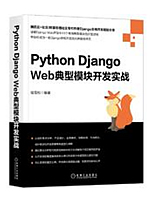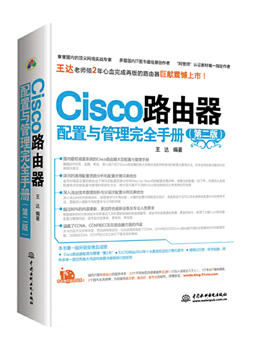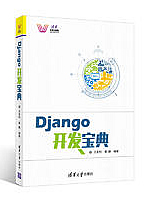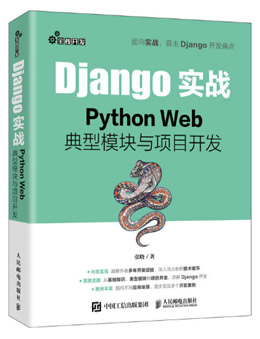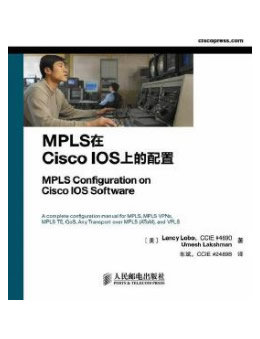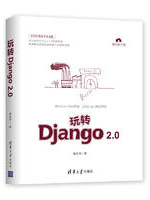给网友朋友们带来一篇django配置阿里云相关的编程文章,网友晃蕙兰根据主题投稿了本篇教程内容,涉及到django、配置、阿里云OSS、media、django配置阿里云例子相关内容,已被173网友关注,如果对知识点想更进一步了解可以在下方电子资料中获取。
django配置阿里云例子
1. 安装django-aliyun-oss2-storage包
linux上用 pip install django-aliyun-oss2-storage 无报错,顺利安装
windows上报错:
(python3_sbs) F:\projects\virtualenv\python3_sbs\Scripts>pip install django-aliyun-oss2-storage Collecting django-aliyun-oss2-storage Using cached django-aliyun-oss2-storage-0.1.5.tar.gz Complete output from command python setup.py egg_info: Traceback (most recent call last): File "<string>", line 1, in <module> File "C:\Users\super\AppData\Local\Temp\pip-build-pb4u0qtw\django-aliyun-oss2-storage\setup.py", line 5, in <module> README = readme.read() UnicodeDecodeError: 'gbk' codec can't decode byte 0x91 in position 63: illegal multibyte sequence ---------------------------------------- Command "python setup.py egg_info" failed with error code 1 in C:\Users\super\AppData\Local\Temp\pip-build-pb4u0qtw\django-aliyun-oss2-storage\
解决方法:
1. 下载源码 django-aliyun-oss2-storage-0.1.5.tar.gz 地址: https://github.com/xiewenya/django-aliyun-oss2-storage
2. 解压进入解压后的文件夹
3. 打开README.md 删除所有内容
4. 安装
python setup.py install
2. 设置setting.py
ACCESS_KEY_ID = "xxxx" ACCESS_KEY_SECRET = "xxxx" END_POINT = "oss-cn-beijing.aliyuncs.com" PREFIX_URL = 'http://' BUCKET_NAME = "xxx" ALIYUN_OSS_CNAME = "" # 自定义域名,如果不需要可以不填写 BUCKET_ACL_TYPE = "public-read" # private, public-read, public-read-write DEFAULT_FILE_STORAGE = 'aliyun_oss2_storage.backends.AliyunMediaStorage' MEDIA_URL = '/media/' MEDIA_ROOT = "media"
顺便提一下,当在xadmin后台上传文件, filename的时候,文件会上传到路径
PREFIX_URL + BUCKET_NAME+"."END_POINT+MEDIA_URL+filename
但是在django 模板渲染html的时候,我们取filename是按照格式:
<img src="{{ MEDIA_URL }}{{ object.image }}"
前端html render出来后,其实看到的路径是:
<img src="/media/image/2017/12/timg.jpg"
根本取不到阿里云服务器上的文件。所以需要设置个新的变量,如 ALI_MEDIA_URL在模板渲染的时候替换MEDIA_URL.
方法:
1. 创建新文件my_processor.py
from __future__ import unicode_literals
import itertools
from django.conf import settings
from django.middleware.csrf import get_token
from django.utils.encoding import force_text
from django.utils.functional import SimpleLazyObject, lazy
def ali_media(request):
"""
Adds media-related context variables to the context.
"""
return {'ALI_MEDIA_URL': settings.ALI_MEDIA_URL}
2. setting.py中
ALI_MEDIA_URL = PREFIX_URL + BUCKET_NAME + "." + END_POINT + '/media/'
TEMPLATES = [
{
'BACKEND': 'django.template.backends.django.DjangoTemplates',
'DIRS': [os.path.join(BASE_DIR, 'templates')],
'APP_DIRS': True,
'OPTIONS': {
'context_processors': [
'django.template.context_processors.debug',
'django.template.context_processors.request',
'django.contrib.auth.context_processors.auth',
'django.contrib.messages.context_processors.messages',
'django.template.context_processors.media',
'utils.sbs_processor.ali_media',
],
},
},
]
3. 在模板中设置为:
<img src="{{ ALI_MEDIA_URL }}{{ object.image }}"
3. 设置uediitor
在DjangoUeditor/view.py中
之前存储到本地的代码是:
# 保存上传的文件 def save_upload_file(PostFile, FilePath): try: f = open(FilePath, 'wb') for chunk in PostFile.chunks(): f.write(chunk) except Exception as e: f.close() return u"写入文件错误:%s" % e f.close() return u"SUCCESS"
我们模仿这个写一个上传到阿里云:
#保存上传文件到aliyun
def save_upload_file_to_aliyun(PostFile, Outputfile):
access_key = ACCESS_KEY_ID
secret_key = ACCESS_KEY_SECRET
bucket_name = BUCKET_NAME
try:
import oss2
auth = oss2.Auth(access_key, secret_key)
bucket = oss2.Bucket(auth, END_POINT, bucket_name)
# ret, info = put_file(token, key, upload_file)
result=bucket.put_object(Outputfile, PostFile)
return u"SUCCESS"
# if ret.get('key',None) == None:
# raise Exception('upload error')
# else:
# return u"SUCCESS"
except Exception as e:
print(str(e))
return str(e)
在哪调用呢? 找到:
state = save_upload_file(file, os.path.join(OutputPath, OutputFile))
替换成:
state = save_upload_file_to_aliyun(file, OutputPathFormat)
配置结束。ueditor和xadmin上传的图片都会上传到阿里云oss中
以上这篇django 配置阿里云OSS存储media文件的例子就是小编分享给大家的全部内容了,希望能给大家一个参考,也希望大家多多支持码农之家。



